The only marks on the crossguard are the Tokyo Artillery Arsenal logo and the chief inspector's stylized stamp The inspector's mark is also on the ricasso and scabbard drag Serial number on the sword is and matches the saya number Though maybe not issued, the sword has condition issuesHere we present a World War II Japanese Nagoya Type 14 Nambu Pistol, made in February of 1944 at the Nagoya Arsenal This pistol is a fantastic original example of what a Japanese soldier would have usedI love the comparison but have to take issue with the condemnation of the aircraft sight wings I see a lot of criticism about the Japanese rifles, the sights, the dust covers, the monopod, etc but frankly, these were very innovative additions to the rifles and far from useless The criticism probably comes from the general prejudice against anything Japanese from WWII
Wwii Enlistedman Katana Sbg Sword Forum
Ww2 japanese sword arsenal marks
Ww2 japanese sword arsenal marks-Markings on Japanese Arisaka Rifles and Bayonets of World War II The Japanese manufactured over 64 million rifles and carbines in the 40 years from 1906 to 1945 Most of these rifles were still in use during the SinoJapanese War of the 1930s and the Pacific War of the 1940sA Yes B No C Marks on Stock Pinned Hoten (Mukden) Army Arsenal Howa Gun Mfgr Corp Kokura Army Arsenal Tokyo Juki Kogyo Tokyo Juki Kogyo Nagoya Army Arsenal Jinsen Army Arsenal Imperial Japanese Type 99 Short Rifle Data Sheet Page 1 Name_____ Phone_____ Email_____


Castle Thunder Com Japanese Arisaka Rifle Identification
These type of markings are found on WWII Samurai swords The paint used for these markings is usually green, red or white 5 This is an arsenal Marking Stamped on Samurai swords with machine made blades The marking indicates WWII production Markings of this type are most often found near the base of the tang or near the end sectionJapanese sword information for the noncollector with aids in determining if a Japanese sword is a reproduction or an antique sword On newer swords the file marks on the tang will be sharp and crisp up close to the blade collar (habaki), it is a WW II era sword these are arsenal stamps Arsenal stamps do not appear on pre1930'sAfternoon all looking for info on Japanese ww2 arsenal marking on nco Japanese swords the book I have by fuller and Gregory lacks quite a few of them I believe is there a better place to go to view there also some of these markings are REAL small and possibly not the full stamp shown thanks for any and all help you can give me bill also possibly the same markings use on bayonets ?
Japanese WWII bayonets were stamped with the arsenal marking at the base of the blade The marking was found on one side only Additional markings such as serial numbers may be found on the pommel In some cases the cross guard was also stamped with the arsenal logo, however this case is not very commonJapanese swords that are "named" will have the makers mark under the handle It doesn't need to be "unwrapped" There is a pin further up the handle that pins it to the tang (it looks like you may find it after the first three handle wraps) If this pin comes out, you may slide the handle off and reveal the signature on the tangJapanese bayonets were marked on the ricasso with a symbol, or combination of symbols, in order to indicate the arsenal, or contractor who made them These markings are shown below Tokyo Arsenal 1870 1929 Kokura Arsenal 1929 194
My father told me that my grandfather got it off a Japanese soilder in the south pacific during WWII The rifle has Japanese markings on it and also has a ground off spot that I was told is where the setting sun was but was ground off on all captured Jap rifles The symbol at the end of the numbers indicates it was made by Nagoya ArsenalSERIAL NUMBER DESIGN This Japanese Type 99 WWII infantry rifle has a 26" barrel and is chambered for the 77 Jap round Manufactured at Nagoya arsenal The bolt does not match the receiver and the mum has been completely ground off Flipup ear sight without wings Steel butt plate Cleaning rod and monopod missing MATERIAL/FINISH COMPOSITION Blued steelJAPANESE BAYONET MARKINGS Japanese WWII bayonets were stamped with the arsenal marking at the base of the blade The marking was found on one side only Additional markings such as serial numbers may be found on the pommel In some cases the cross guard was also stamped with the arsenal logo, however this case is not very common


Nambu World Japanese Bayonets



Proof Marks Ballistics Bev Fitchett S Guns
Beautiful ww2 era japanese type30 bayonet with iron scabbard tokyo/kokuro arsenal marking on the ricasso measures 5/8" overall the bayonet is 1/16" with a 15 5/8" bright blade unsharpened never cleaned natural finish has the arsensal maker mark early war very desirable hooked quillon on guard wooden grips with two screws and oval washers iron bird head pommel with serialRicasso Stacked cannonballs (Kokura Arsenal mark) and "M" with an arrow through it Pommel Japanese characters followed by "" SubstituteStandard Type 30A mélange of Michis The major problem encountered in trying to decipher mei is that kanji are often distorted as in michi above Take your own name, see it in print, then handwritten and then signed by you If you compare all these you can begin to appreciate the range of distortion encountered when reading the Japanese characters in meiThere are no shortcuts here, and all serious Nihontô



Shin Gunto Japanese Wwll Nco Sword With Matching Numbers Arsenal Marks
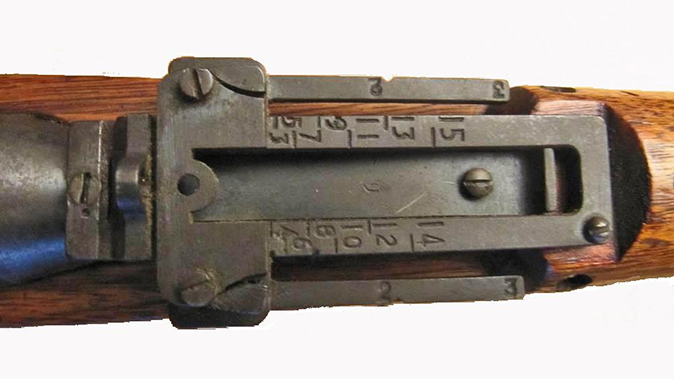


The Winding Myth Filled Story Of Japanese Battle Rifles Tactical Life Gun Magazine Gun News And Gun Reviews
The Toyokawa Naval Arsenal (豊川海軍工廠, Toyokawa kaigun kōshō) was a major production facility for aviation ordnance, light arms, and ammunitions for the Imperial Japanese Navy during World War II It was located in what is now part of the city of Toyokawa, Aichi Prefecture, JapanIt was one of the largest armaments plant in the Empire of Japan, but was not bombed by Allied forcesToward the front of the receiver at the top we find markings indicating the model of the rifle Type 99 (read left to right 9, 9, Type) In addition, a gas escape hole (drain holes are located on the bottom of the receiver in front of the floor plate and right side of rifleIn very good condition, an early WW2 1935M (Type 95) Japanese Army NCO's Sword, matching serial numbers Guaranteed authentic A WW2 Type 95 Japanese army NCO's sword, Kokura arsenal stamp Matching serial numbers The early serial number shows this sword saw service throughout WW2 The matching serial numbers indicate the sword was taken off the Japanese soldier, not an end of war mass surrender item (swords and scabbards were frequently separated and ended up being "married" to



Nagoya Arsenal Japanese Arisaka Type 38 Carbine Capture Paperwork Non Import Blue 19 Wwii Bolt Action Military Rifle Mfd 1905 1945 C R Lock Stock Barrel



Tips And Values For Collecting The Wwii Type 99 Japanese Rifle Military Trader Vehicles
To convert the year to the Western system, add 1925to the part of the number in front of the decimal (or comma) For example, inthe number 196, add 1925 to 19 and you get the year 1944 The part of thenumber after the decimal point is the month 1=January, 2=February, etc in the196 example, the month of production is June, the 6thmonth If you havea Japanese gun other than a Type 14 or Type 94, the exact date of productioncannot generally be determinedDESCRIPTION THIS LOT COMES WITH THE STEEL SCABBARD AND EVERYTHING PICTURED AND FEATURES 153/4" BLADE WITH TOYADA ARSENAL MARKINGS AS PICTURED THE SHARPENED EDGE SHOWS SOME LIGHT COMBAT WEAR AND THERE APPEARS TO BE A SMALL SCHRAPNEL DENT NEAR THE TIP OF THE SCABBARD THE BAYONET IS TIGHT AND SECUREThe Toyokawa Naval Arsenal (豊川海軍工廠, Toyokawa kaigun kōshō) was a major production facility for aviation ordnance, light arms, and ammunitions for the Imperial Japanese Navy during World War II It was located in what is now part of the city of Toyokawa, Aichi Prefecture, JapanIt was one of the largest armaments plant in the Empire of Japan, but was not bombed by Allied forces



Fine Tokyo Arsenal Wwii Type 99 Japanese Bayonet With Dual Markings
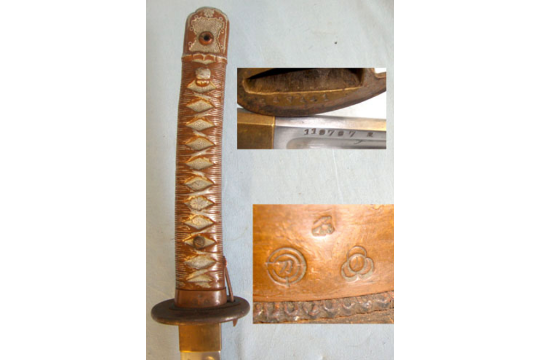


Ww2 Japanese Nco S Type 95 Katana With Seki Swords Company Kokura Arsenal Marks Scabbard T
WWII Imperial Japanese Type 14 NAMBU Pistol NAGOYA 8mm Axis WW2 CR World War II Pacific Theater Sidearm!Below are the markings on rifles in 65 Japanese Caliber manufactured from 17 until the mid 1940's These rifles include The Type 30 Long Rifle and Carbine, the Type 35 Rifle, the Type 38 Long Rifle, Short Rifle, and Carbine, the Type 44 Carbine, the Type 97 Sniper Rifle, and the Italian Type I Long RifleThe copper fuchi bears a Tokyo First Arsenal sword maker's stamp, Tokyo First Arsenal inspection stamp and a Kokura Arsenal identification stamp The Kokura Arsenal did not produce any Type 95 Shin Gunto but oversaw the production of these swords by the Tokyo First and Nagoya arsenals so its identification stamp is sometimes found on Type 95 swords
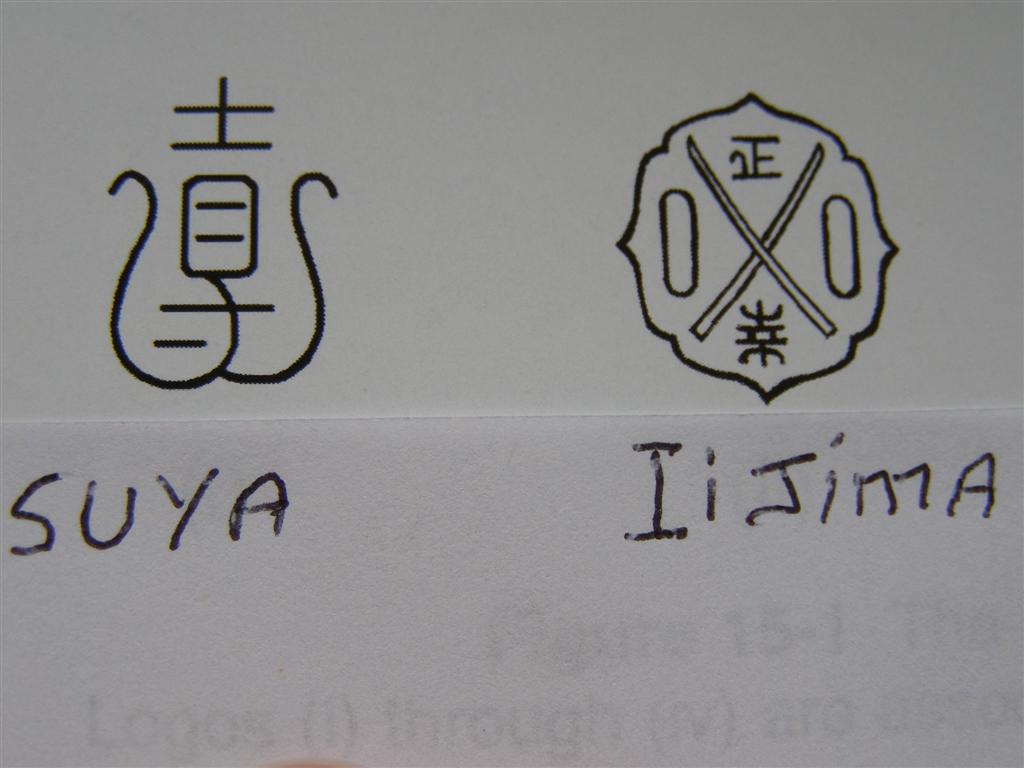


Ww2 German Soviet Allied Militaria Uniforms Awards Weapons History War Relics Forum



Japanese Arsenal Stamps Japanese Stamp Japanese Sword
WW2 Japanese Nagoya Arsenal Arisaka Type 99 Rifle in 77 Japanese **Last Ditch**SOLD** GI# WW2 "Last Ditch" Type 99 Arisaka produced at the Imperial Japanese Nagoya ArsenalWW2 OR WWII JAPANESE ARISAKA TYPE 38 MILITARY 65MM RIFLE Description WW2 OR WWII JAPANESE ARISAKA TYPE 38 MILITARY 65MM RIFLE 31" barrel Kokura arsenal 24th(late 1930's) series crisply struck about serial number Matching bolt and dustcover Mon removed but "Type 38" still crisply struckArsenal marking for the 90th Arsenal under Communist control Frog s modelled on the original Japanese pattern Original Frog reverse side Hilt uses Japanese style oval screws Crude Braze on attaching the pommel to the tang Chinese Mauser made with Japanese Arisaka blade Tokyo arsenal Arisaka blade Grips are made with screw headed


Can Anyone Here Help With These Japanese Markings Please General Ammunition Collector Discussion International Ammunition Association Web Forum


Castle Thunder Com Japanese Arisaka Rifle Identification
This example was made at Jinsen Arsenal in Japaneseoccupied Korea, and shows a faint, poorly executed arsenal marking Jinsen was the Japanese name for the Korean seaport of Inchon Inchon was the site of the first naval battle of the RussoJapanese War of 1904–05, after which Japan occupied Korea from 1905–1945WW2 Japanese Officer Samurai Sword ByKOJI MA YOSHIMICHI (US Army Certified ) Details » Buy Now for $250, » Buy $250, Ships Free $250, 1 dayThe Arisaka rifle Type 99 was a common sight during the fighting in the Pacific in World War II Although a sturdy weapon, at just over 50 inches, the Arisaka Type 38 65mm (1905) rifle was a bit too long for the typical height of a Japanese infantryman
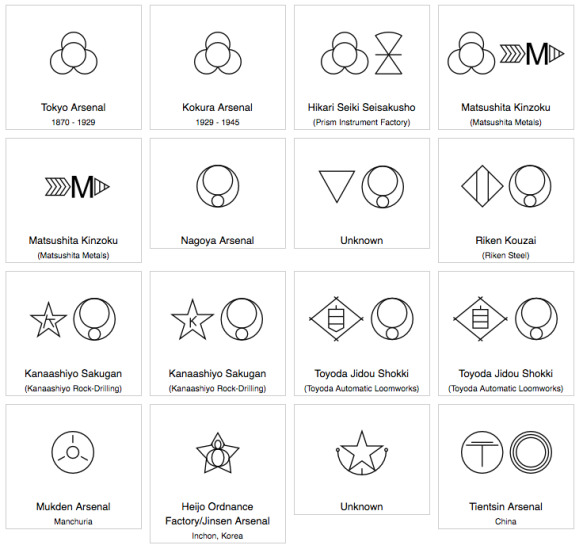


Japanese Bayonet Ricasso Marks Kiwi Medals


Any Help Identifying These Markings Late Wwii Era Japanese Officers Sword Swords
PROOF MARKS 2403 The proof marks shown below will assist in determining nationality of manufacturers when no other markings are evident Since the US has no proofing houses (as in England, France, Germany and other European countries), most US manufacturers voluntarily proof their firearms with a specifedEach Japanese rifle was marked with the symbol of either the arsenal of manufacture or the arsenal that supervised the manufacturing subcontractor This mark can be found on the left side of the receiver at the end of the rifle serial numberStarting around Showa 4,104,12, the arsenal mark was moved up to the upper frame in front of the serial number (7243 in this case) This was done to accommodate the addition of the kanji character sho in front of the date This character is short for Showa and indicates production took place during the reign of the Showa Emperor, ie Hirohito
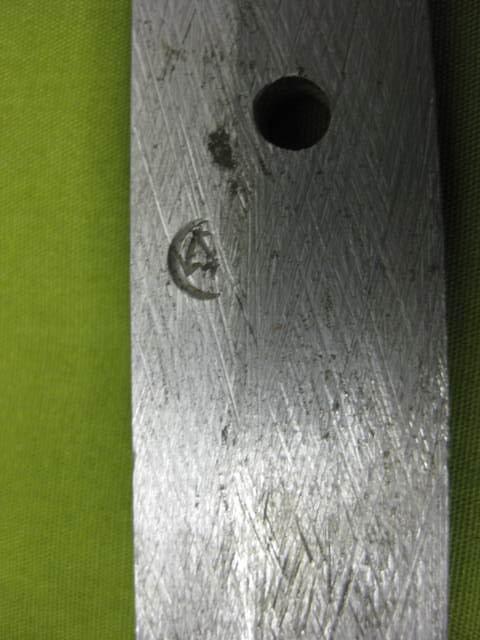


Arsenal Stamps Military Swords Of Japan Nihonto Message Board


A Primer On Japanese Rifles
Manufacturer Marking Tokyo Army Arsenal (18–1923) Kokura Army Arsenal (1924–1945) Hikari Seiki Seisakusho KK1 (Precision Optical Manufacturing Corp) Jinsen Arsenal (Japaneseoccupied Inchon, Korea) Hoten (aka Mukden) Arsenal (Japaneseoccupied Manchuria) Tientsin Arsenal (Japaneseoccupied Manchuria) ORWhether a blade is signed or not has little to do with determining if it is handmade or the age of the blade If there is a tang stamp (see the military sword page for examples) on the nakago, up close to the blade collar (habaki), it is a WW II era sword these are arsenal stamps Arsenal stamps do not appear on pre1930's bladesThe Type 26 or Model 26 "hammerless" revolver (二十六年式拳銃, Nijuurokunenshiki kenjuu) was the first modern revolver adopted by the Imperial Japanese ArmyIt was developed at the Koishikawa Arsenal and is named for its year of adoption in the Japanese dating system (the 26th year of the Meiji era, ie, 13)The revolver saw action in conflicts including the RussoJapanese War
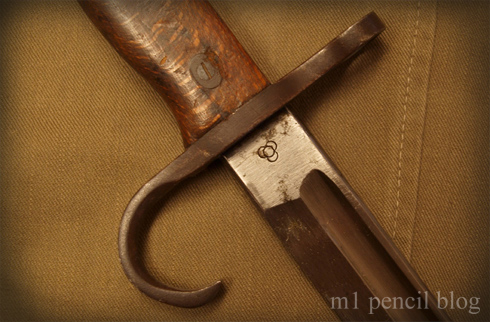


Japanese Bayonet Manufacturer Guide M1 Pencil



Wwii Japanese Type 30 Arisaka Bayo Nagoya Arsenal Painted Kanji Markings Naval 173 50 Picclick
Once tested and successful the weapon was stamped with a seal to acknowledge the testing called "Proof Marks" These marks tell the country of origin of the weapon Proof Marks or "Proofs" as they are sometimes referred to have changed over time, therefore assisting in dating the arm(The arsenal grounds in WWII and 17 The red arrow points to the spot of Zhang's gate, long since demolished A modern building sits on the old gate's location The current entrance is two streets to it's left on the 17 photo) Some small buildings of the WWIIera arsenal remain as of 17, including the water tower built by the JapaneseJapanese WWII bayonets were stamped with the arsenal marking at the base of the blade The marking was found on one side only Additional markings such as serial numbers may be found on the pommel In some cases the cross guard was also stamped with the arsenal logo, however this case is not very common



Fine Tokyo Arsenal Wwii Type 99 Japanese Bayonet With Dual Markings



Katana Sword Indonesia Japanese Samurai Sword Blade And Tang Markings
Luger Proof/Acceptance Mark Identification Guide () This is one of a series of identification guides for small arms To the best of our knowledge, all the examples shown are original pre1945 manufactureSerrated grip panels are common among reworked Type 26s and the marking of the Nagoya Arsenal indicate repairing of the Type 26 past its production at the Koshikawa Arsenal Two existing arsenal reworked Type 26s show stampings of Siamese numerals on the front grips indicating official procurement by the Thai governmentWWII Japanese Army Type 95 Tokyo Arsenal NCO ShinGunto Sword A World War II Type 95 Japanese Army NCO sword on which the sword blade and scabbard both have matching serial numbers The position of the number on the blade, configured to be read with the cutting edge down, identifies the sword as having been produced by the Tokyo Arsenal (The only other source for the Type 95 sword was the Nagoya arsenal, which impressed the number on the blade in such a way that it is read with the cutting


Nambu World Japanese Bayonets



4 Japanese Wwii Arisaka Rifle Bayonets With Sheaths Witherell S Auction House
WW2 OR WWII JAPANESE ARISAKA TYPE 38 MILITARY 65MM RIFLE Description WW2 OR WWII JAPANESE ARISAKA TYPE 38 MILITARY 65MM RIFLE 31" barrel Kokura arsenal 24th(late 1930's) series crisply struck about serial number Matching bolt and dustcover Mon removed but "Type 38" still crisply struckStraight – Late War Two of the most common markings are from the Tokyo Arsenal prior to 1936 (Kokura Arsenal ) and the Nagoya Arsenal Most of the WWII Japanese bayonets you will happen upon will most likely have one of these 2 markingsSome WW II era sword companies used specific logo on the scabbards and/or koshirae which they made or sold These sword company logos do not necessarily indicate that the company made the sword Some of these logo are simply of shops that sold swords during the war
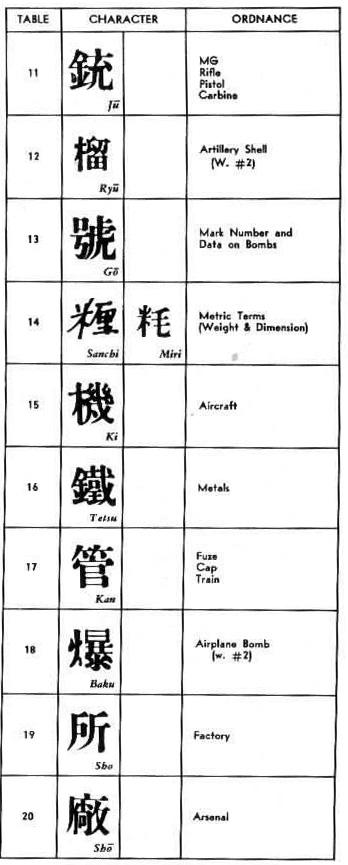


Army Radio Sales Co Japanese Radio Data Plates Explained


Japanese Bayonet Markings Antique Outings
Whether a blade is signed or not has little to do with determining if it is handmade or the age of the blade If there is a tang stamp (see the military sword page for examples) on the nakago, up close to the blade collar (habaki), it is a WW II era sword these are arsenal stamps Arsenal stamps do not appear on pre1930's bladesWw2 Imperial Japanese Type 30 Bayonet Jinsen Rikugun Zoheisho Arsenal W/ Frog Japanese Arisaka Type 30 Bayonet Tokyo Arsenal Rare Original Wakizashi Ww2 Japanese Police Short Sword And Scabbard Army Traders Dehradun Samurai Japanese Animal Head Bone Handle Dagger 12" World War Ii Japanese Daggers (lot Of 3)Japanese swords that are "named" will have the makers mark under the handle It doesn't need to be "unwrapped" There is a pin further up the handle that pins it to the tang (it looks like you may find it after the first three handle wraps) If this pin comes out, you may slide the handle off and reveal the signature on the tang


Mystery Logo On Inside Micrometer Page 2 The Garage Journal Board


Bayonets Of Japan Antique Outings
The Ricasso has two arsenal markings one of the markings is known as the "hourglass" due to its similarity to its namesake The second marking is looks like a grouping of several circles The other side of the Ricasso does not have any markings Many WWII Japanese edge weapons are currently reproduced It is becoming more difficult to be able to tell the fake ones from the real ones because the quality of the reproductions is improvingThe Arisaka rifle Type 99 was a common sight during the fighting in the Pacific in World War II Although a sturdy weapon, at just over 50 inches, the Arisaka Type 38 65mm (1905) rifle was a bit too long for the typical height of a Japanese infantryman


Castle Thunder Com Japanese Arisaka Rifle Identification



Arisaka Type 99 Japanese Rifle From Ww2 With Bayonet Reloading 7 7 Ammo Youtube


Ethnographic Arms Armour Unknown Shin Gunto Katana Arsenal Mark
.jpg)


Wwii Japanese Type 30 Bayonet Marking Nagiro Star K Arsenal Wooden Handle Numbered S 4607 Firearms Military Artifacts Military Artifacts Online Auctions Proxibid


Below Are Examples Of Arisaka Bayonets From My Collection


Arisaka Identification Help The Firearms Forum



Wwii Japanese Type 30 Bayonet W Hooked Quillion Tokyo Arsenal Markings


Firearm Technical Trivia September 00


Solved World War Ii Artillery Shell Case Ashtray Id



Ww2 German Soviet Allied Militaria Uniforms Awards Weapons History War Relics Forum


Type 38 Rifle Wikiwand


Markings On Japanese Arisaka Rifles And Bayonets Of World War Ii
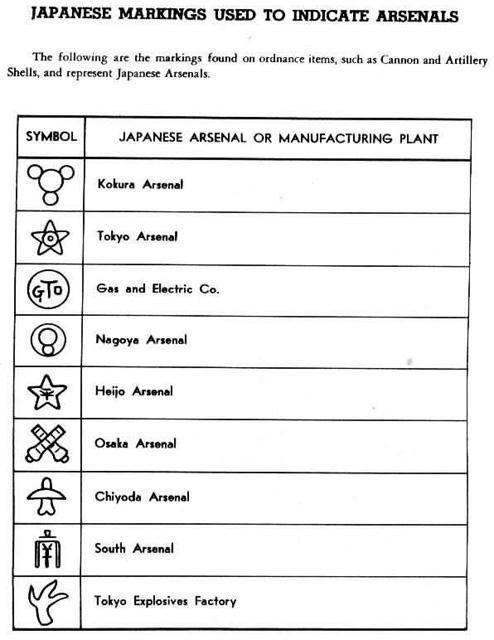


Army Radio Sales Co Japanese Radio Data Plates Explained


Nambu World Japanese Bayonets



Arsenal Stamps Military Swords Of Japan Nihonto Message Board



Two Japanese Wwii Era Bayonets Tokyo And Toyoda Maker Marks Collectors Weekly


Firearm Technical Trivia September 01



Ww2 Japanese Nco S Type 95 Katana With Seki Swords Company Kokura Arsenal Marks Scabbard T


Markings On Japanese Arisaka Rifles And Bayonets Of World War Ii


Type 99 Japanese Rifle
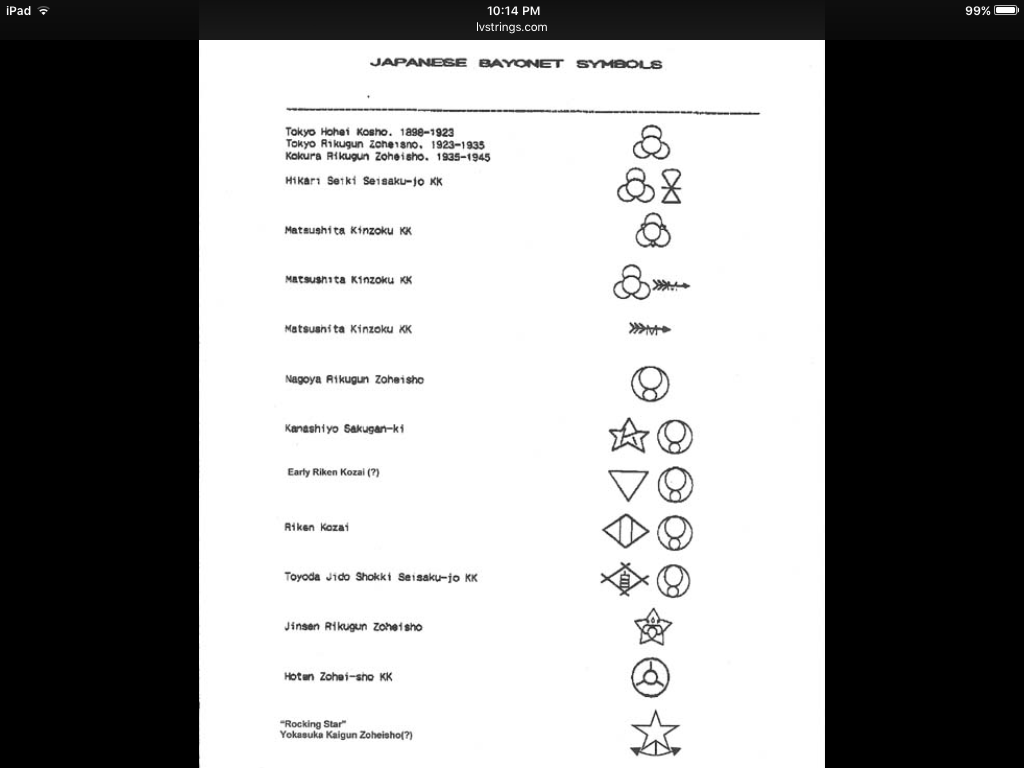


Ww2 German Soviet Allied Militaria Uniforms Awards Weapons History War Relics Forum


Japanese Arisaka Type 38 Rifle Bayonet My Dad S War Photos
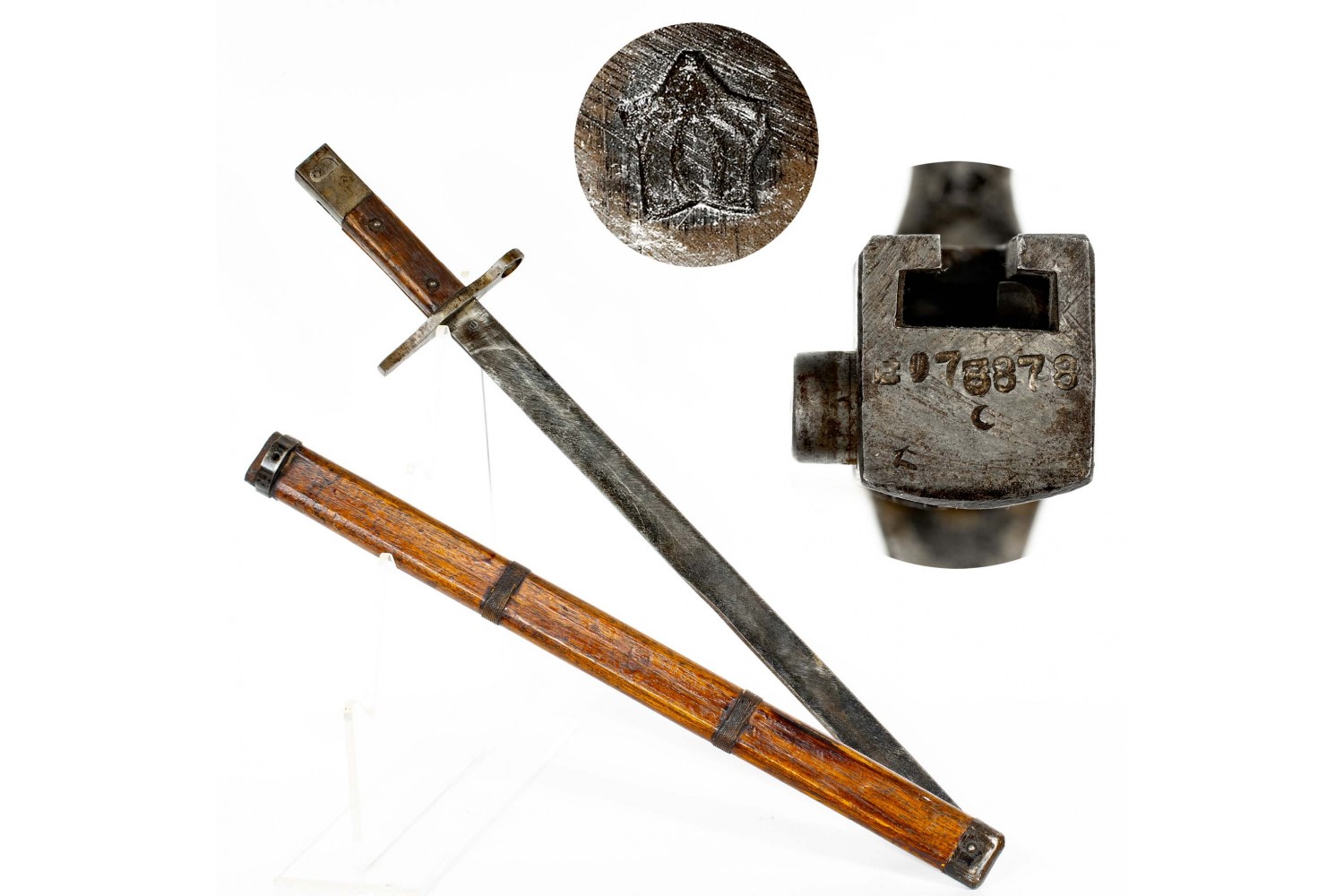


Japanese Jinsen Arsenal Late World War Ii Type 30 Bayonet



Wwii Japanese Bayonet Mukden Arsenal Mark With Scabbard L105 Ebay


Wwii Enlistedman Katana Sbg Sword Forum



Pin On Knive S I Like



Two Japanese Wwii Era Bayonets Tokyo And Toyoda Maker Marks Collectors Weekly



Wartime Japanese Swords


Japanese Wwii Blade Markings Militaryitems Com



Japanese Rifles Of World War Ii Mccollum Duncan O Books Amazon Com



Tips And Values For Collecting The Wwii Type 99 Japanese Rifle Military Trader Vehicles


70mm X 101mm Japanese Shell Case General Ammunition Collector Discussion International Ammunition Association Web Forum



Markings On Japanese Arisaka Rifles And Bayonets Of World War Ii Military Personal Equipment Military Equipment



Wwii Japanese Army Type 95 Tokyo Arsenal Nco Shin Gunto Sword Griffin Militaria
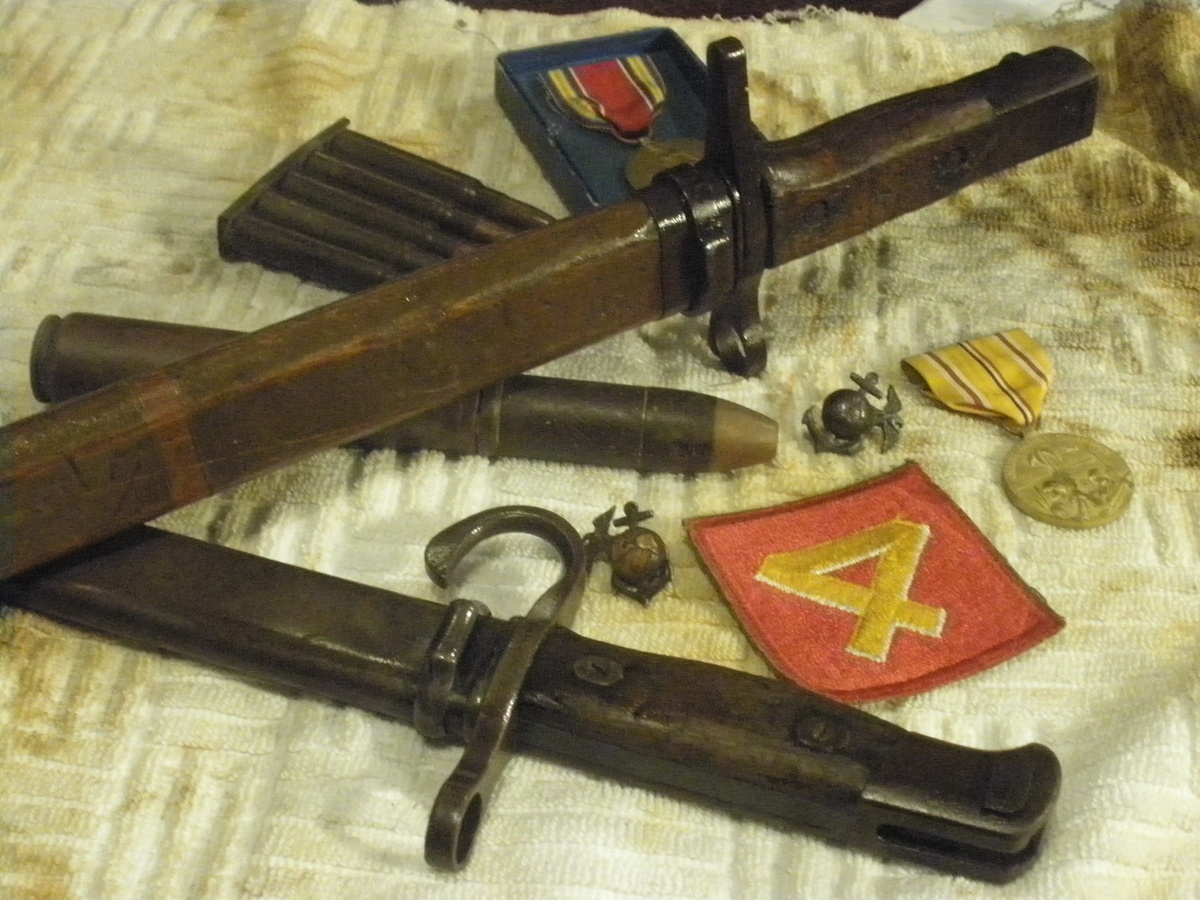


Two Japanese Wwii Era Bayonets Tokyo And Toyoda Maker Marks Collectors Weekly



Fine Tokyo Arsenal Wwii Type 99 Japanese Bayonet With Dual Markings



Ww2 Japanese Bayonet Scabbard Scarce Arsenal Marking Okinawa Vet Bringback


Updated Type 14 Nambu At Local Shop Questions Gunboards Forums



Wwii Japanese Kokura Bayonet With Metal Scabbard Arsenal Markings Tokyo Ww2 124 95 Picclick


Ebay And Fake Wwii Japanese Swords


Arsenal Marks Drone Fest


Castle Thunder Com Japanese Arisaka Rifle Identification


Arisaka Type 38 Rifle With Mum


Milsurps Knowledge Library 33rd Series T99 Arisaka Rifle Mfg By Toyo Kogyo


Group Of Six Japanese Wwii Type 99 Bolt Action Rifles Total 6 Lot 527 Heritage Auctions


Below Are Examples Of Arisaka Bayonets From My Collection


Wwii Japanese Military Bayonets Price Guide Militaryitems Com


Japan Japan Projectile Markings Of The World War Ii Era Navweaps



Nagoya Arsenal Type 38 Arisaka Japanese School Military Reserve Marks Blue 22 Sporterized Bolt Action Rifle Mfd 1905 45 257 Roberts For Sale At Gunauction Com



Wwii Japanese Type 30 Bayonet Straight Quillion Toyada Talw Arsenal W Scabbard 2 Ebay
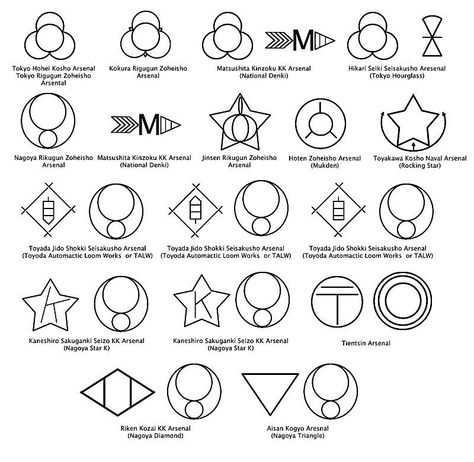


Pin On Wwii Japanese
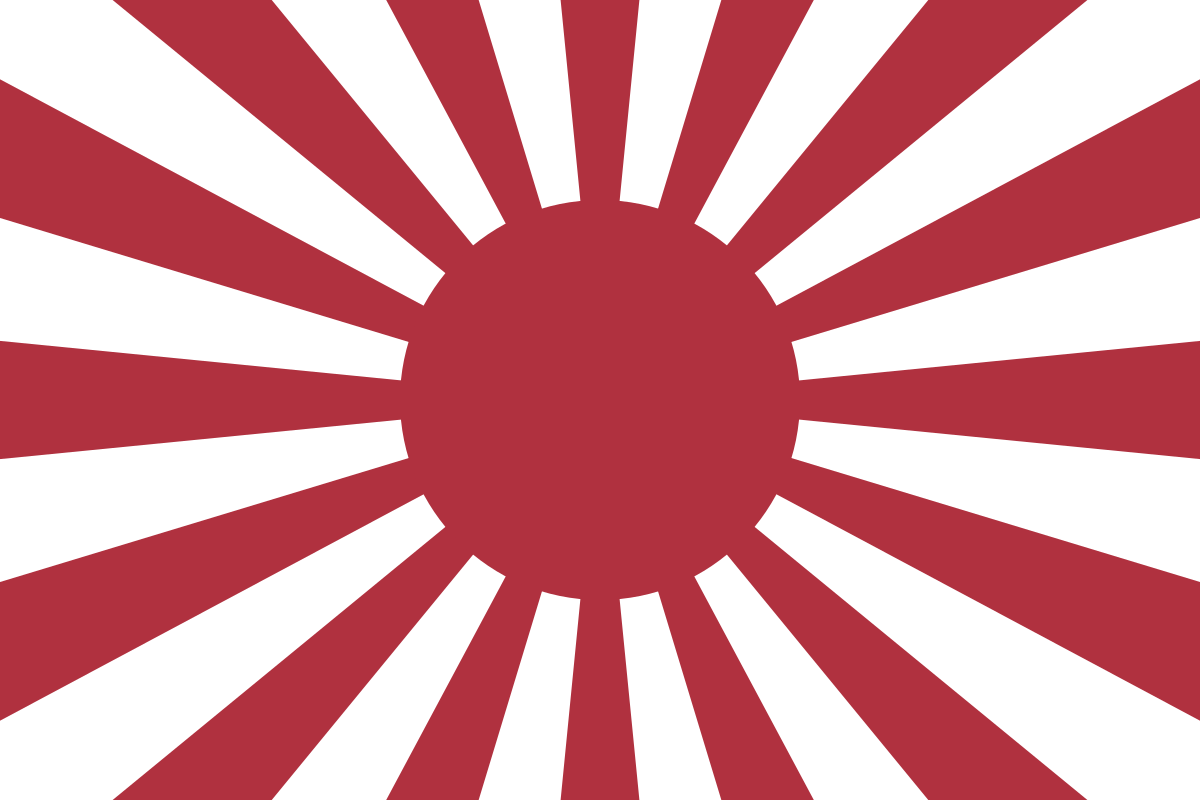


Imperial Japanese Army Air Service Wikipedia



Markings On Japanese Arisaka Rifles And Bayonets Of World War Ii Military Personal Equipment Military Equipment
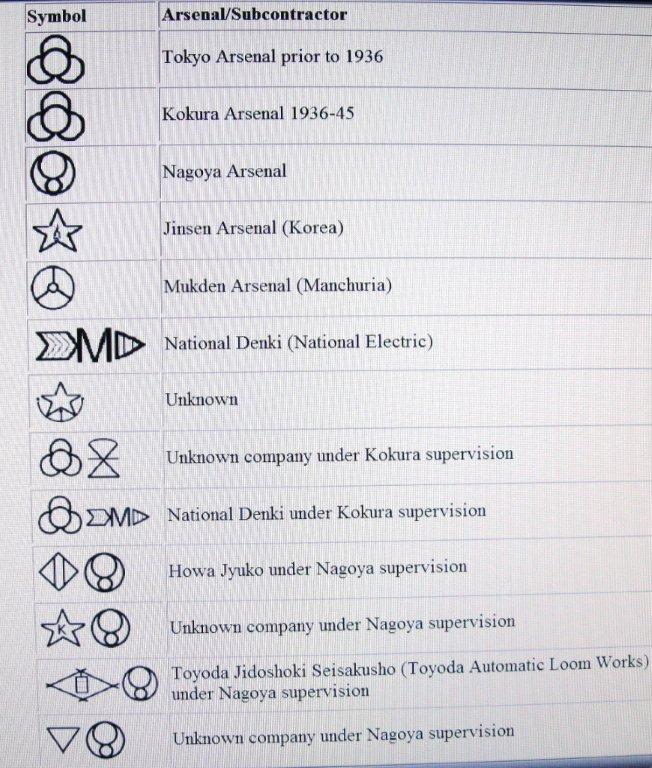


Ww2 German Soviet Allied Militaria Uniforms Awards Weapons History War Relics Forum
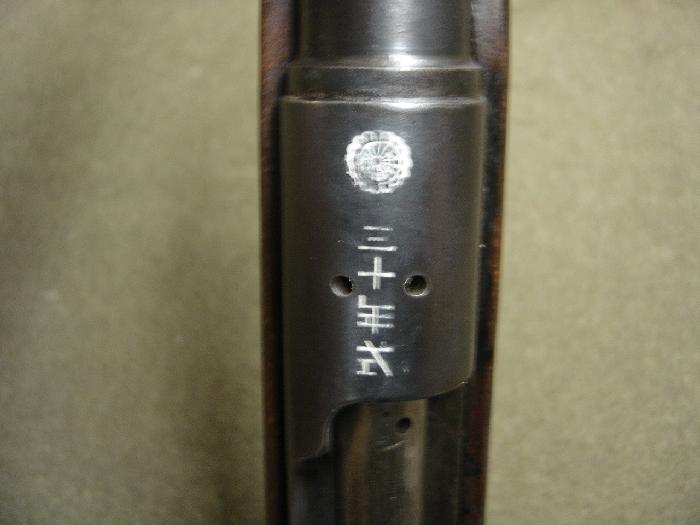


Early Japanese Arisaka Rifle Type 30 With Full Mum And Great Markings For Sale At Gunauction Com


Markings On Japanese Arisaka Rifles And Bayonets Of World War Ii



Imperial Japanese Army Air Service Wikiwand
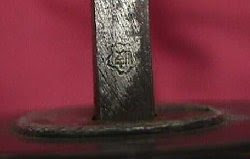


Katana Sword Indonesia Japanese Samurai Sword Blade And Tang Markings



Fine Tokyo Arsenal Wwii Type 99 Japanese Bayonet With Dual Markings
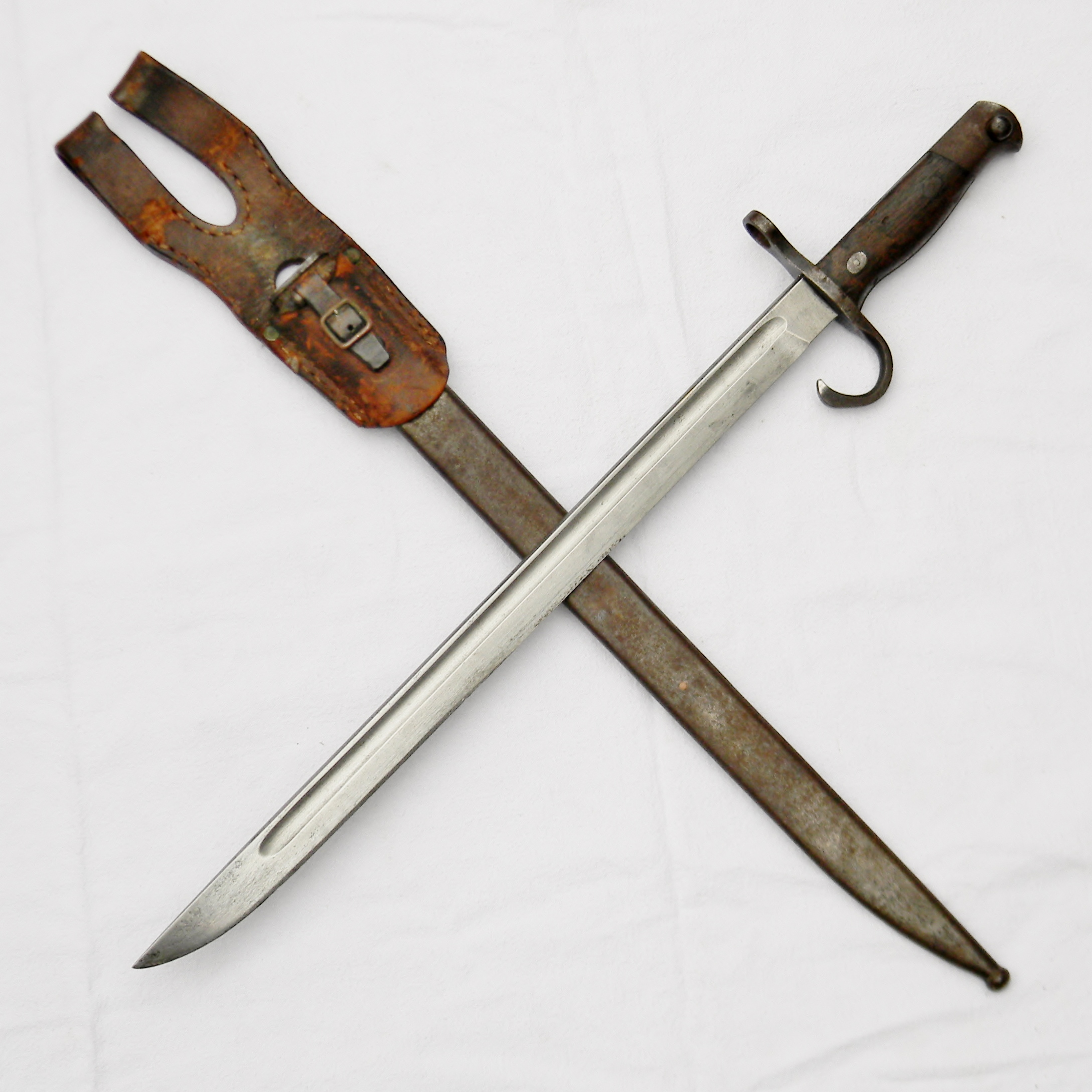


Japan Ww2 Arisaka Early Type 30 Bayonet Orig Scabbard Leather Frog



Japanese Bayonet Markings The Japanese East Asian Forum Japanese Bayonet Asian



Proof Marks Ballistics Bev Fitchett S Guns



Ww2 Japanese Nco S Non Commissioned Officer S Shin Gunto Katana
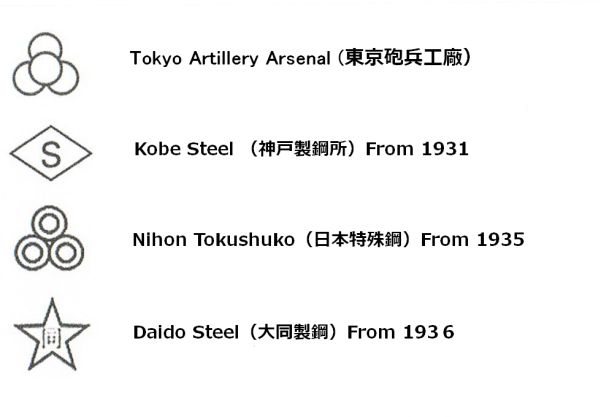


Ww2 German Soviet Allied Militaria Uniforms Awards Weapons History War Relics Forum


Wwii Japanese Military Bayonets Price Guide Militaryitems Com


Japanese Wwii Blade Markings Militaryitems Com
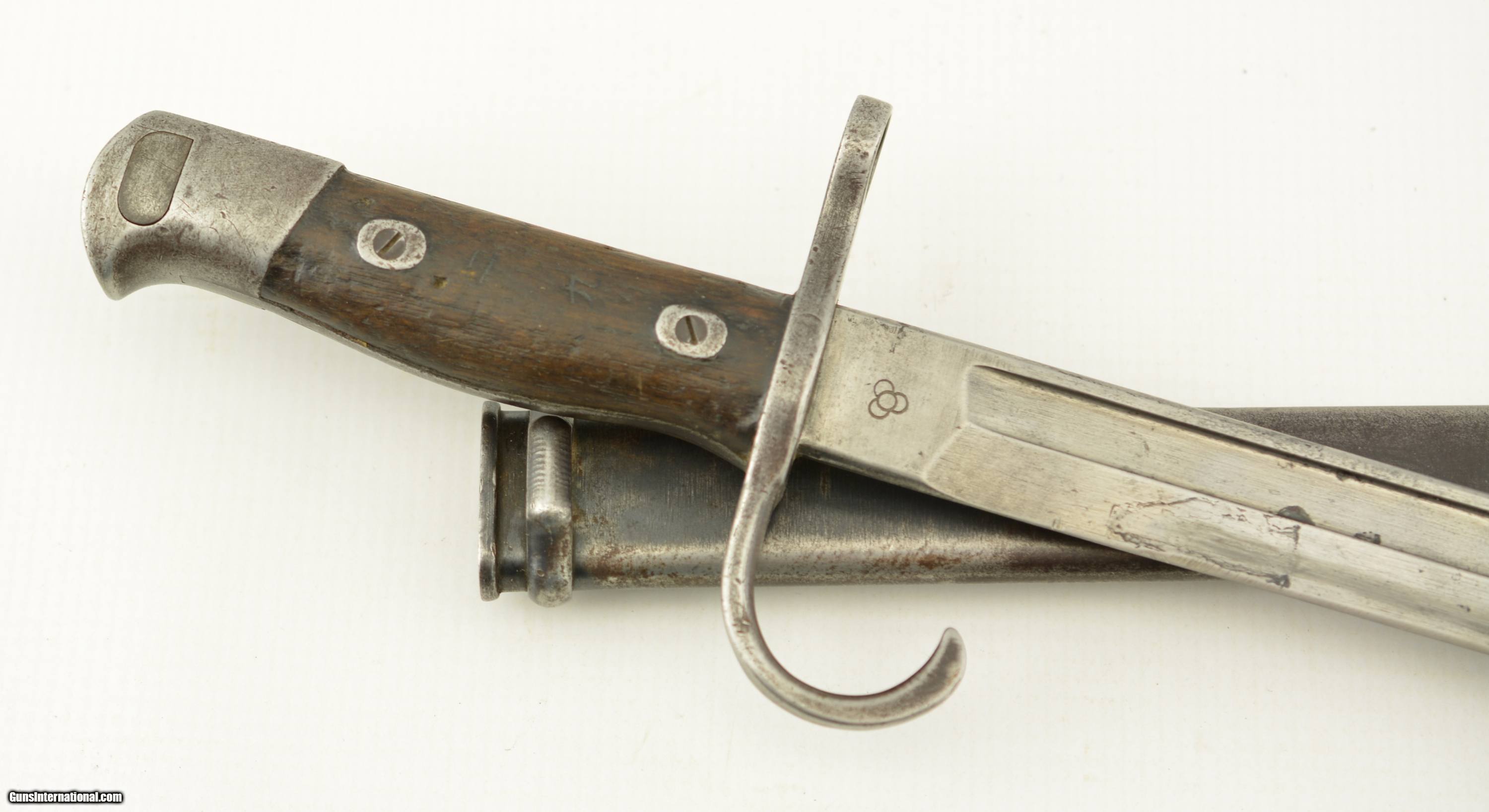


Type 30 Japanese Pre Wwii Koishikawa Arsenal Bayonet With Scabbard



I Have A Japanese Rifle With Bayonet All Full Markings Nothing Ground Off B Gun Values Board



Type 30 Bayonet Wikipedia


Wwii Japanese Rifle Questions Gun And Game Forum



Rare Fully Operational Original World War Ii Japanese Type 99 Light Machine Gun Lmg Full Automat
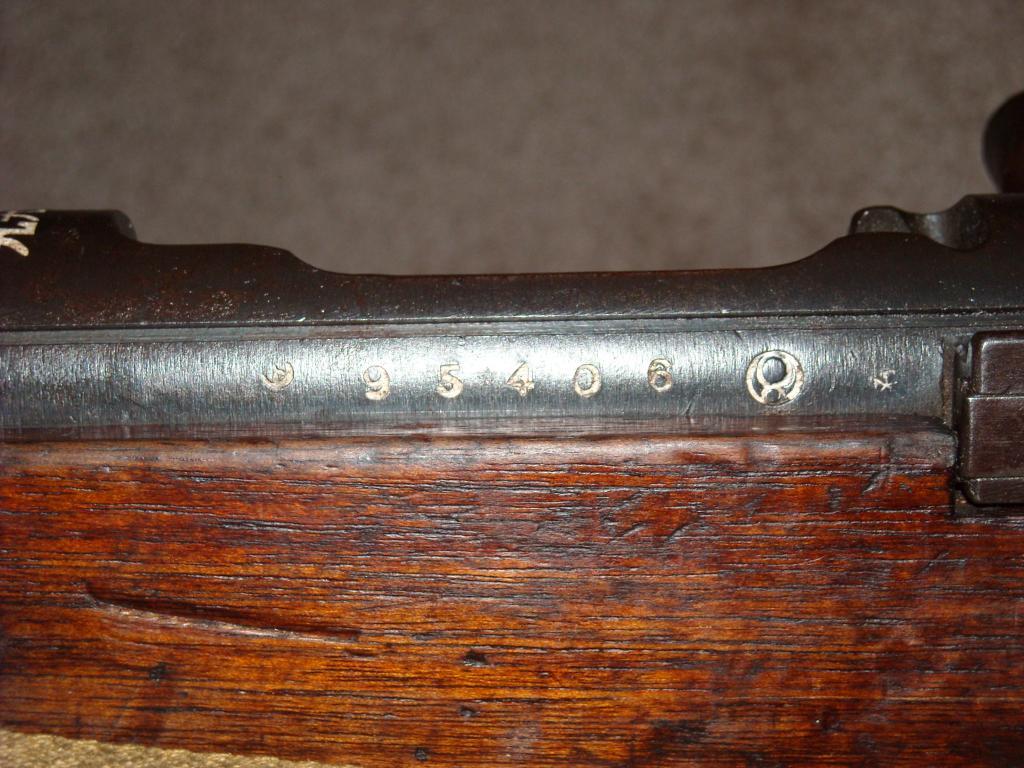


The Arisaka Type 99 Early War Vs Late War A Comparison



Ww2 Japanese Army Nco S Shin Gunto Katana 1935p Kokura Arsenal Stamped



0 件のコメント:
コメントを投稿